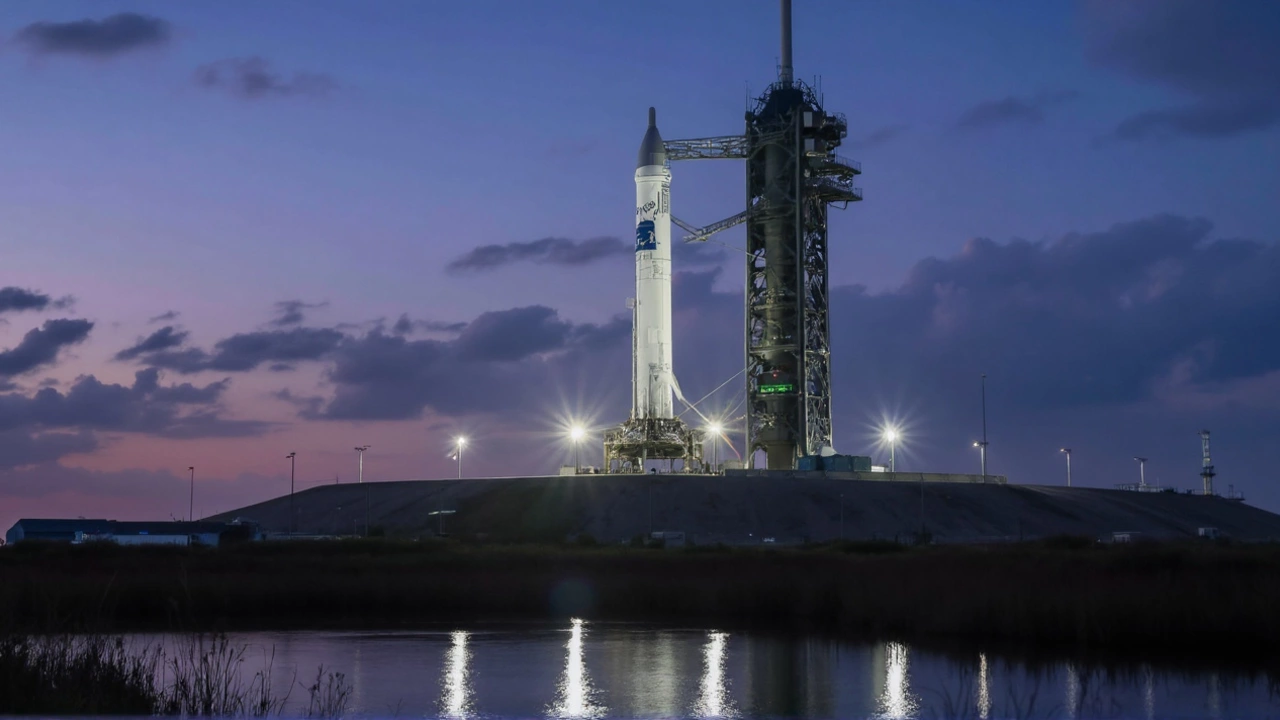Successful Crew-10 Mission Launch
In an impressive display of modern space exploration, NASA and SpaceX have once again joined forces to launch the Crew-10 mission to the International Space Station (ISS). The successful launch took place on March 14, 2025, precisely at 7:03 p.m. EDT, from the historical Launch Complex 39A at Kennedy Space Center. This mission stands as an example of technical prowess and international collaboration, underlining the pivotal role of the Commercial Crew Program in advancing human space exploration.
The launch was orchestrated using SpaceX's Falcon 9 rocket, particularly notable for employing the booster B1090 for its second flight. Booster reusability has been a game-changer for space travel, lowering costs and illustrating remarkable engineering.
A Diverse Crew Aboard the SpaceX Dragon
Onboard the Dragon capsule Endurance, NASA astronauts Anne McClain and Nichole Ayers took on key roles as commander and pilot, respectively. The fully international crew was rounded off with Japanese astronaut Takuya Onishi from JAXA and Roscosmos cosmonaut Kirill Peskov, making it a truly global mission. This diverse set of astronauts exemplifies the spirit of international cooperation in expanding our journey beyond Earth.
The main objective of this mission is to bolster scientific research and technology advancements during their extended stay aboard the ISS. The docking maneuver is expected to occur on March 15 at around 11:30 p.m. EDT, with hatch opening and crew joining Expedition 72/73 scheduled for shortly after.
Another interesting aspect of this mission is that the arrival of Crew-10 temporarily extends the ISS population to 11 members. This increase will persist until the scheduled departure of Crew-9 on March 19, providing a unique window of collaboration and research opportunity with a larger team.
The launch was not without its challenges, as a previous attempt on March 13 faced a hiccup due to a hydraulic issue with a ground support clamp arm. However, the swift resolution of this issue showcases the responsiveness and expertise of NASA and SpaceX teams, ensuring safety and success.
This mission is a testament to the ongoing U.S.-Russia-Japan collaboration in space, paving the way for deeper exploration and partnership. As we continue to reach further into space, missions like Crew-10 represent the future of human stories among the stars. The success of such collaborations and cutting-edge technology promises a bright path forward for space exploration.




